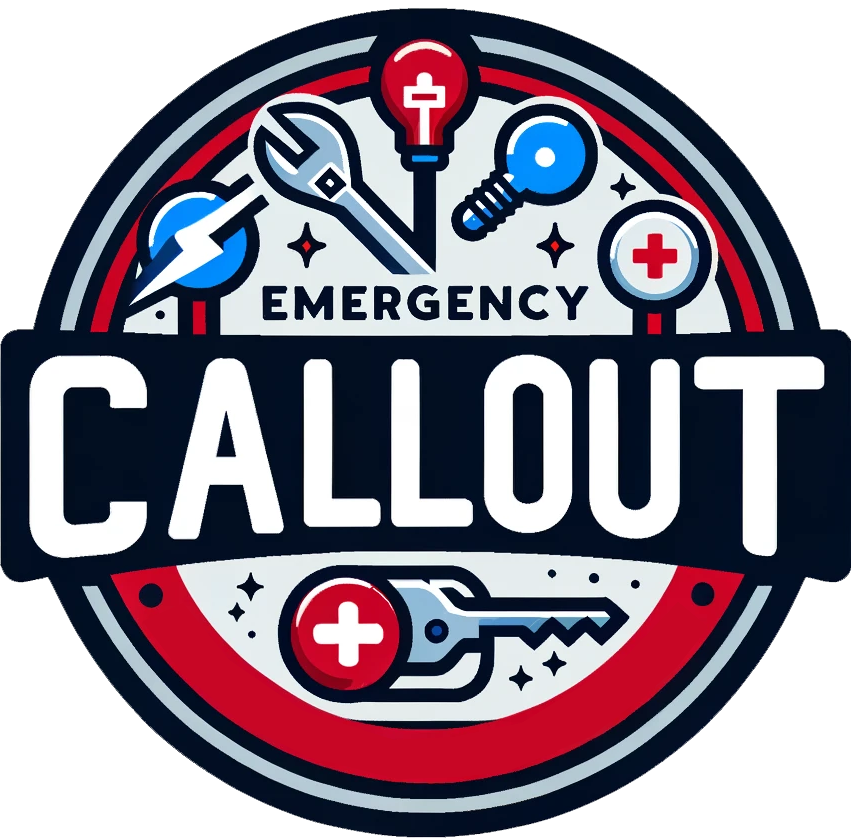In the UK, maintained emergency lights play a crucial role in ensuring the safety and security of public spaces, buildings, and facilities. These lights are designed to remain illuminated at all times, providing a constant source of illumination during emergency situations such as power outages, fires, or other disasters. In this article, we will explore the importance of maintained emergency lights in the UK, their regulatory requirements, and the various types of emergency lighting systems available.
First and foremost, it is essential to understand the significance of maintained emergency lights in the UK. In the event of an emergency, such as a fire or power failure, traditional lighting systems may become inoperable, leaving occupants in complete darkness. Maintained emergency lights serve as a reliable backup, ensuring that essential areas remain well-lit and accessible during such critical moments. Whether it is a commercial building, a residential complex, or a public facility, these lights are a vital part of emergency preparedness and response strategies.
In the UK, the installation and maintenance of emergency lighting systems are governed by strict regulations and standards. The Regulatory Reform (Fire Safety) Order 2005, which applies to England and Wales, mandates that building owners and managers must ensure the safety of occupants in the event of a fire. This includes the provision of adequate emergency lighting to illuminate escape routes and exits. Similarly, in Scotland, the Fire (Scotland) Act 2005 outlines similar responsibilities for building owners and operators.
There are several types of emergency lighting systems available in the UK, each designed to fulfill specific requirements and applications. Maintained emergency lights, as the name suggests, are designed to remain operational at all times, serving as both regular and emergency lighting sources. These lights are commonly found in buildings and facilities where continuous illumination is necessary, such as hospitals, schools, and high-occupancy buildings.
Another important type of emergency lighting is non-maintained emergency lights, which remain off during normal operation and only activate during a power failure or emergency situation. These lights are typically used in spaces where regular lighting is not required, such as stairwells, corridors, and storage areas. Additionally, there are also combined emergency lights that function as both maintained and non-maintained sources, providing flexibility and versatility in various settings.
In recent years, advancements in technology have led to the development of energy-efficient and long-lasting emergency lighting solutions. LED emergency lights, for example, offer significant advantages over traditional incandescent or fluorescent lights, including lower energy consumption, extended operational life, and improved reliability. As sustainability and energy conservation continue to be key priorities in the UK, the adoption of LED emergency lighting systems has become increasingly prevalent across various industries and sectors.
Moreover, the ongoing maintenance and testing of emergency lighting systems are critical to ensuring their effectiveness and reliability. Building owners and facility managers are required to conduct regular inspections, functional tests, and maintenance activities to ensure that emergency lights are fully operational in the event of an emergency. This may involve periodic bulb replacements, battery checks, and system performance evaluations to comply with regulatory requirements and industry best practices.
In conclusion, maintained emergency lights play a vital role in the safety and security of buildings and public spaces in the UK. By providing continuous illumination during emergency situations, these lights contribute to the overall emergency preparedness and response efforts. It is imperative for building owners, facility managers, and authorities to prioritize the installation, maintenance, and testing of emergency lighting systems to ensure compliance with regulations and the safety of occupants. As technology continues to evolve, the adoption of energy-efficient and sustainable emergency lighting solutions is poised to further enhance the resilience and reliability of these critical safety features.



